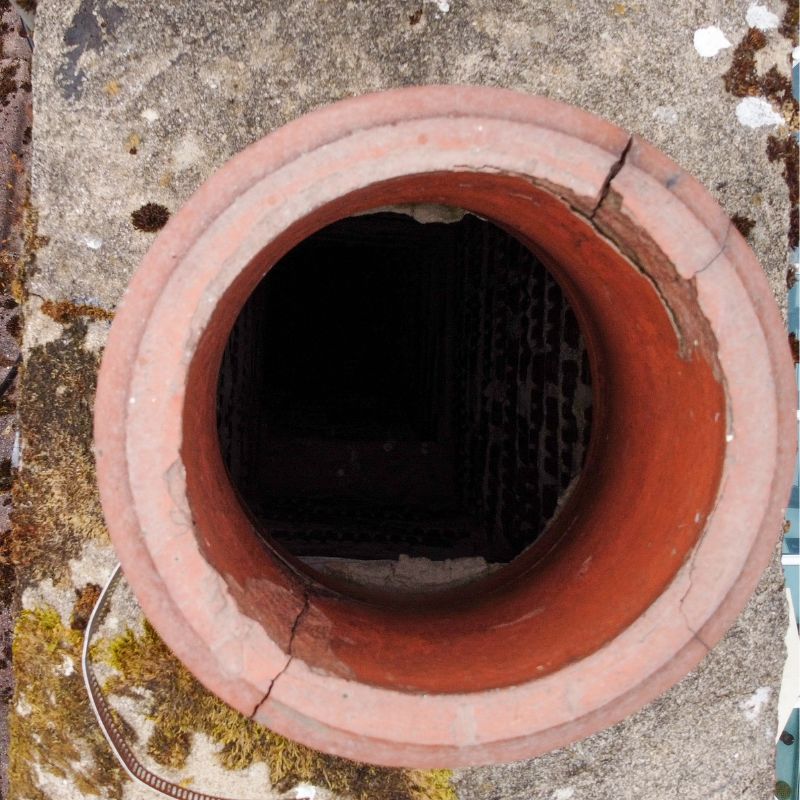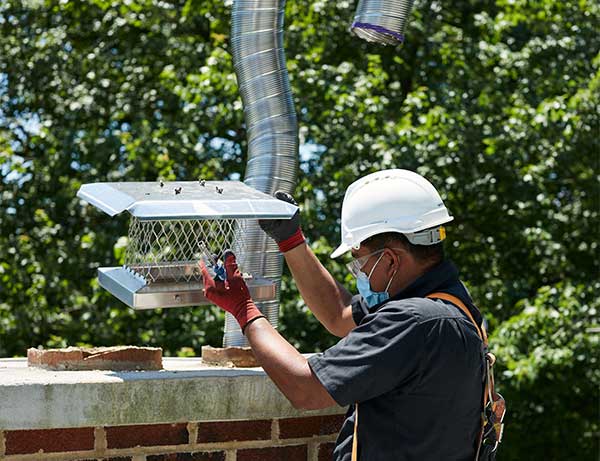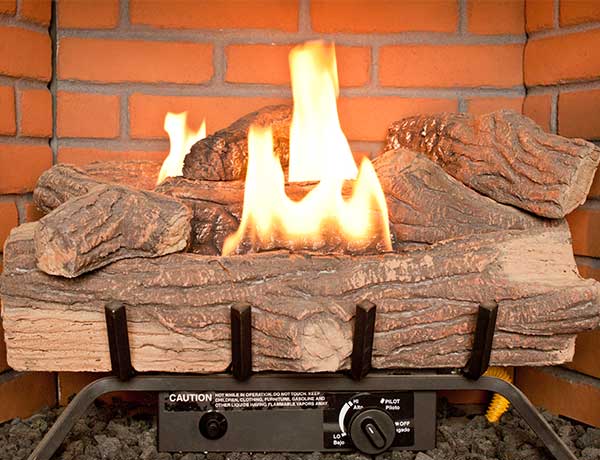Do you smell smoke when using your fireplace? Maybe you hear strange noises coming from the chimney? Or see excessive amounts of soot and creosote buildup around the fireplace? If any of these signs sound familiar, it’s time to get a professional chimney inspection booked.
But have you ever wondered how long such an inspection might take? Will it interfere with your regular routine for days on end? Or is it quick maintenance that won’t invite much stress to your household? The answer to that question depends on various factors – like the complexity and size of your chimney, as well as other aspects we’ll discuss here. Questions for our team? Give us a call or book online today.
What Is a Chimney Inspection?
A chimney inspection is a professional assessment done by a certified chimney sweep on the correct function of the structure and the health of the appliances that it vents. There are different types of chimney inspections, ranging from a Level 1 chimney inspection to a Level 3 chimney inspection. Generally, they all involve an on-site investigation of internal and external components based on varying standards.
- A level 1 chimney inspection is a visual inspection only with the naked eye, and it is the least intrusive. Only exposed portions of the chimney exterior and interior are examined. More in-depth elements, like clay tiles and masonry, can be examined with level 2 inspections – the preferred annual inspection that most chimney service companies (like Winston’s Chimney Service) recommend.
- Level 2 chimney inspections are typically performed when any changes are made to a system. Additionally, a level 2 inspection is required upon the sale or transfer of a property, after an operation malfunction, or when an external event has occurred that is likely to have caused damage to the chimney – such as building fires, chimney fires, seismic events, weather events, and more.

- A level 3 inspection is needed when a Level 1 or Level 2 inspection suggests a potential hidden hazard or damage, and the evaluation cannot be performed without access to concealed areas of the chimney or flue. Level 3 inspections are for more serious matters where dismantling or demolition of some kind needs to happen.
It is highly recommended to get regular chimney maintenance which usually involves getting periodic inspections, as this will help prevent potentially harmful buildups from occurring.
What Affects the Timeframe for a Chimney & Fireplace Inspection?
There are a variety of factors that can affect the amount of time it takes to inspect a chimney.

- The type of inspection performed (level 1, 2, or 3) will affect inspection time.
- The type of chimney, whether masonry or metal, plays an important role in determining how long it will take to conduct an inspection.
- The age of the chimney is also key, as the older the chimney, the longer it may take for any repairs or maintenance.
- Previous maintenance and annual cleanings also influence inspection time, as any existing issues need to be accounted for in order for an accurate evaluation to be performed.
- Accessibility and size of the chimney must be taken into consideration when determining approximate inspection times. Additional tools may be needed if access is limited or if there are multiple flues in the system.
Knowing these factors ahead of time can help us schedule the right amount of time and ensure that a thorough but timely inspection is completed.
Can You Estimate the Time It Will Take to Inspect My Chimney?
Knowing how long a chimney inspection will take is important for both homeowners and professionals alike. A level 1 chimney Inspection typically takes between thirty minutes and an hour.
That said, we recommend booking a level 2 inspection for annual maintenance – or when buying or selling a home – and these typically take an hour to three hours (or more, depending on if you have multiple flues).
Lastly, level 3 Inspections are complex, but necessary when substantial damages have been made to the chimney and venting system or if there has been a sudden event of some kind that has potentially affected its integrity or functionality. These can take up to five hours, depending on the size of the structure and the number of flues we are inspecting.
A couple other factors to consider?
- Chimney type also affects inspection time – masonry chimneys generally require more time due to their larger surface area, while metal chimneys tend to be faster since they are smaller and easier to inspect overall.
- Another thing that affects inspection time is if you would like us to check the oil furnace flue in your home. This includes testing that validates system integrity, including checking on the installation and on proper connections to the heating appliance to the venting system.
By understanding how long different types of chimney inspections might take, you can plan accordingly and get an accurate idea of what you’re getting into – long before starting your project or inspection process. We can also help with a time frame estimation when you call in to schedule the appointment with Winston’s Chimney Services.
What Should I Do to Prepare for a Chimney Inspection?
Preparing for a chimney inspection doesn’t have to be complicated.
- Remove furniture, rugs, and debris from the immediate area around the fireplace, including curtains and other obstructions that might limit access to the flue and hearth.
- Clear any obstructions in or around the firebox before your inspection to allow easy viewing of all its components.
- Finally, stop using the fireplace, and stove, or insert 24 hours before your inspection. We cannot inspect a hot unit.
Following these simple steps will ensure a successful and safe chimney inspection.
Call Our Experts Now
Ready to get on our schedule books? Call 703-379-5006 or schedule a visit with us online. We’re here for you!



